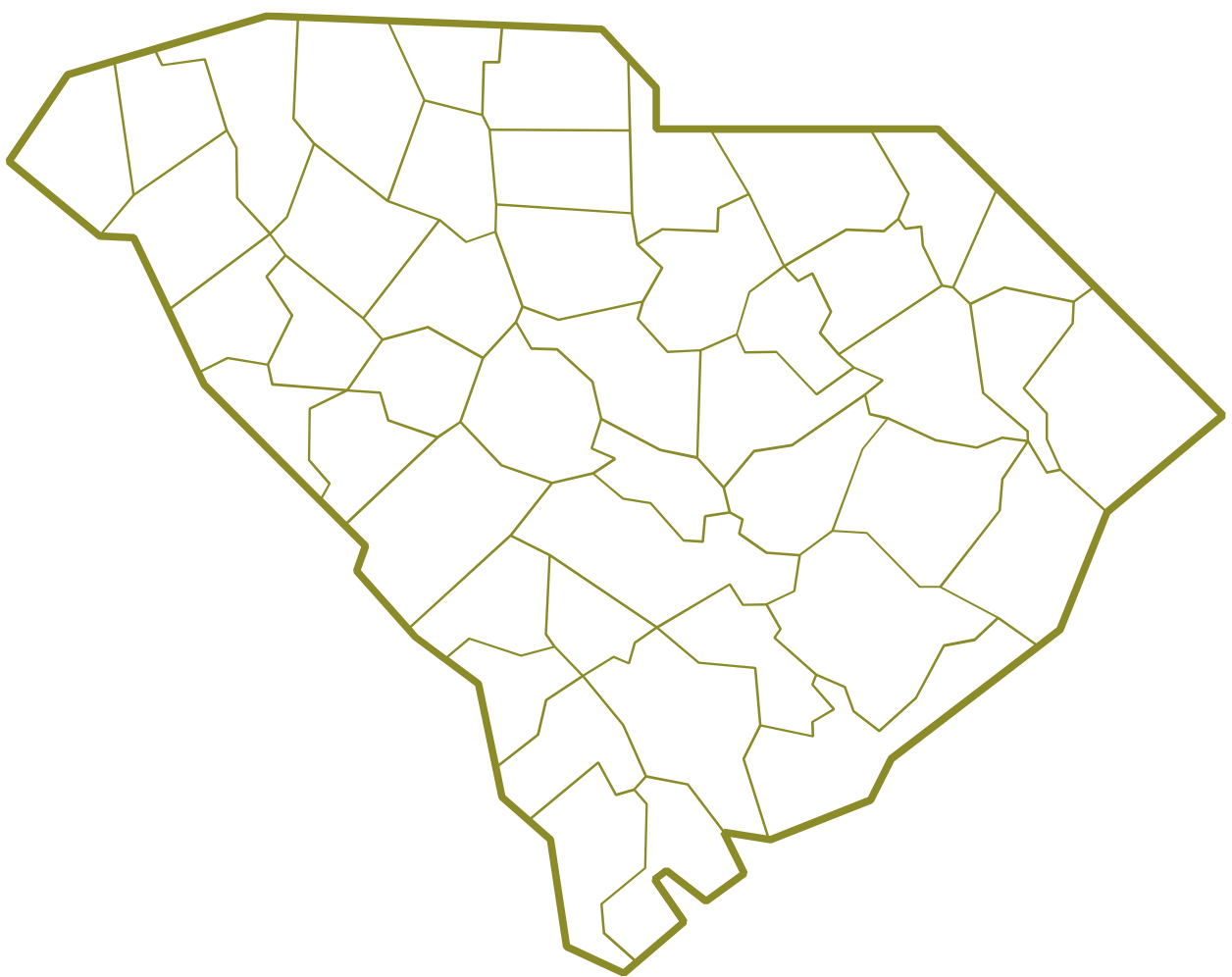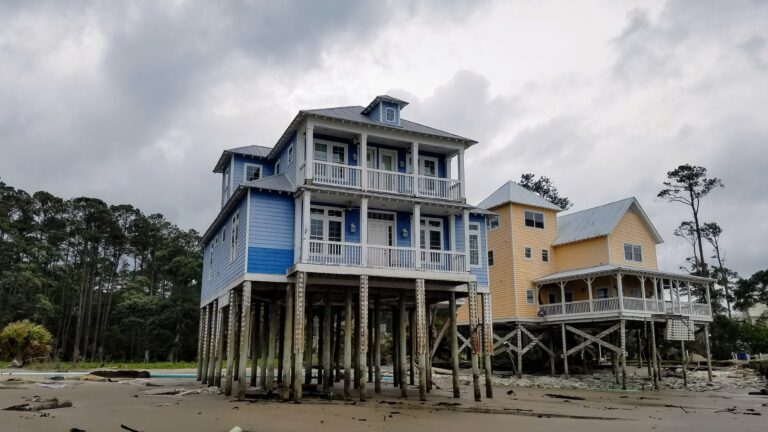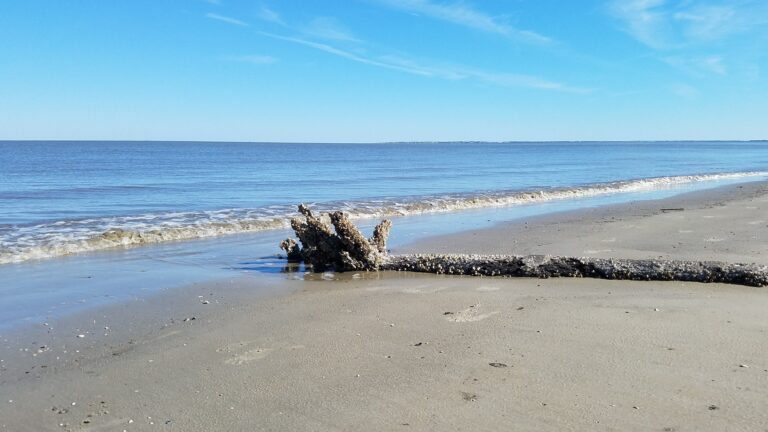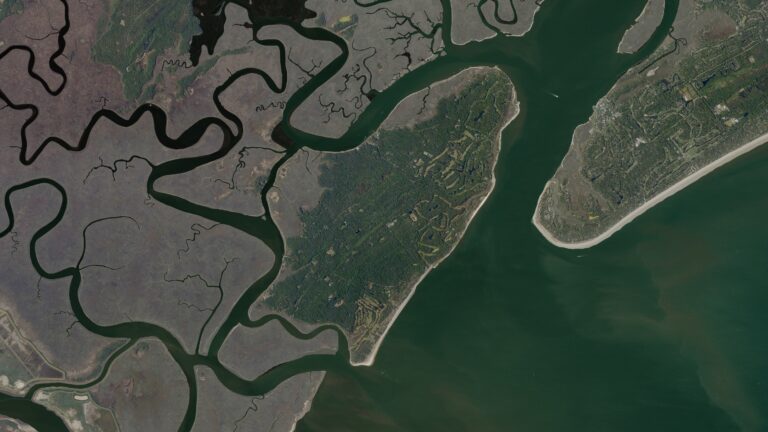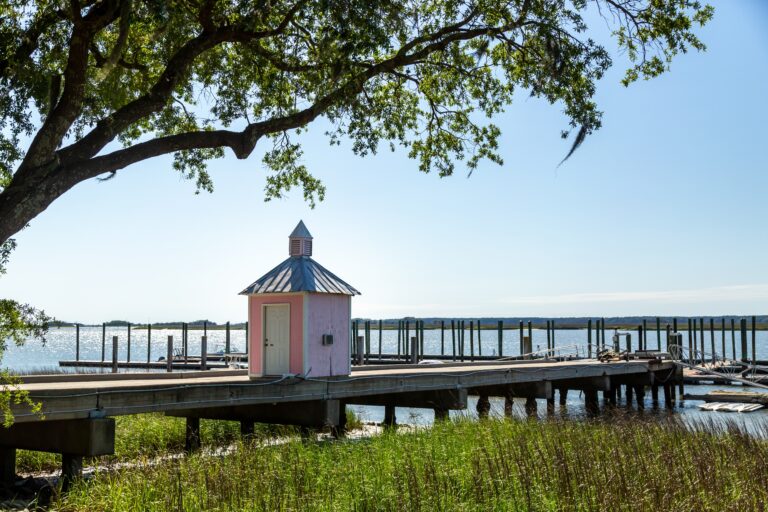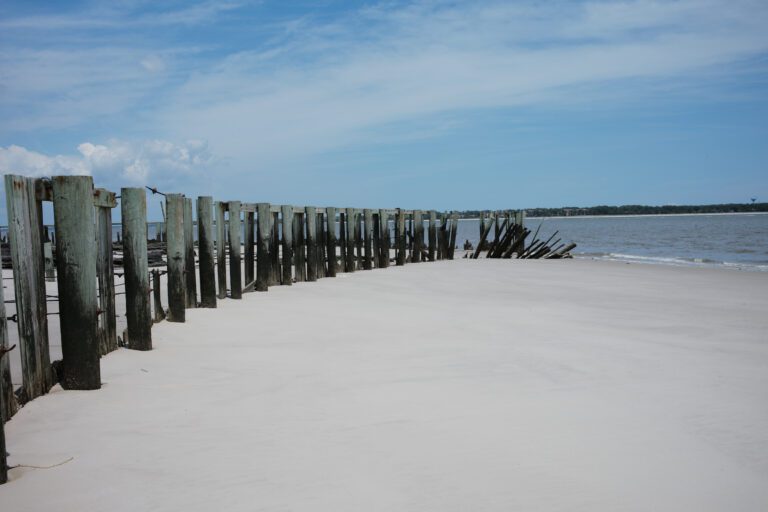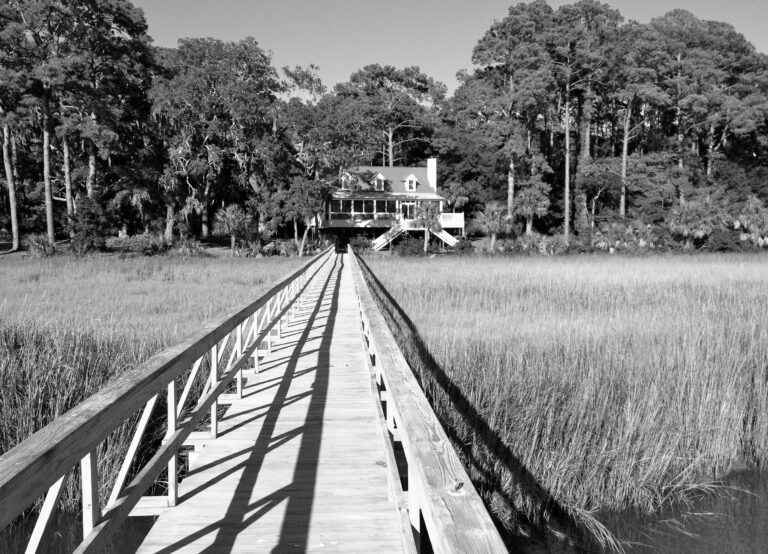Everything You Need to Know About Daufuskie Island
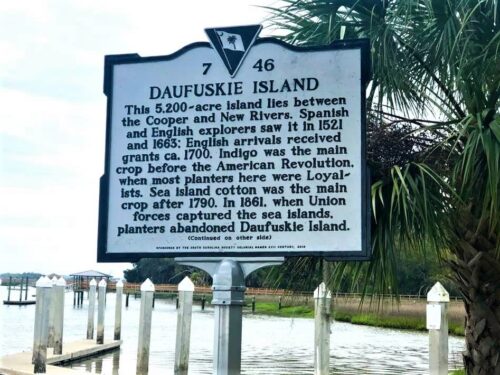
Ever wonder what it feels like to step into a time machine?
That’s pretty much what happens when you set foot on Daufuskie Island, South Carolina. This tiny gem sits between Hilton Head and Savannah, Georgia, but might as well be in another century.
No bridges. No traffic lights. And definitely no rush hour.
Just pristine beaches, ancient oaks dripping with Spanish moss, and a culture so unique it feels like you’ve stumbled onto a secret world that somehow escaped the chaos of modern life.
But what makes this place truly special isn’t just its jaw-dropping beauty – it’s the rich tapestry of history and Gullah culture that’s been preserved here like nowhere else on the East Coast.
So grab a sweet tea (or something stronger), and let’s explore the island that time forgot.
Daufuskie Island: Where History Lives and Time Slows Down
The Island’s Deep Roots
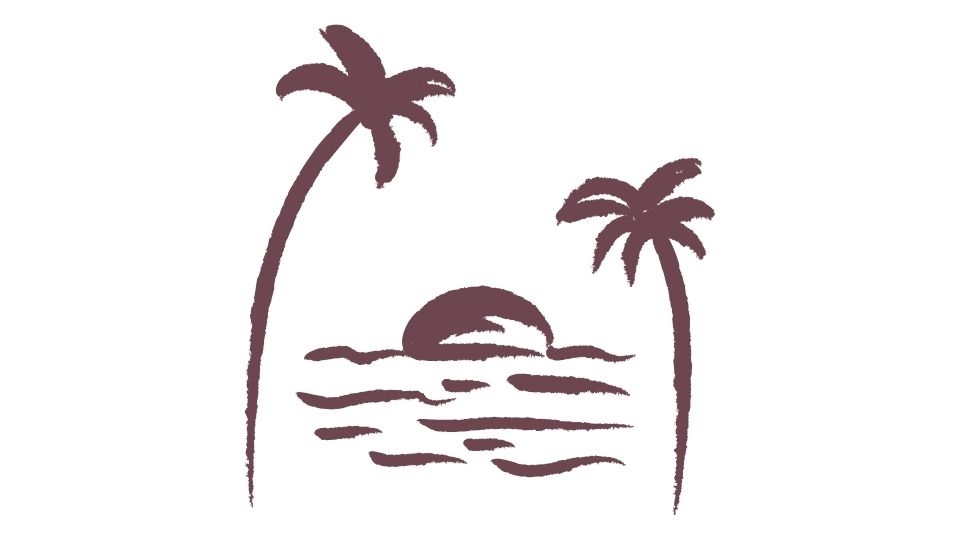
People have been living on Daufuskie for a really long time – we’re talking 9,000 years of human habitation according to archaeological evidence. Before Europeans showed up, Native Americans (particularly the Muscogee or Creek people) called this place home.
When Spanish explorers arrived in the 1500s, they formed an alliance with the Muscogee tribes and left behind some interesting souvenirs – including the Carolina Marsh Tacky horses that became an iconic part of coastal Carolina heritage.
The island’s name itself comes from the Muscogee language, meaning “sharp feather” – likely referring to the island’s distinctive shape.
Things got pretty intense in the early 1700s when the Spanish and their Native American allies fought against British settlers trying to establish colonies in the Port Royal area. This violent period gave us Bloody Point – a name that still sticks to the southwestern shore where several brutal battles took place during the Yamasee War (1715-1717).
After the Revolutionary War, Daufuskie became known for producing some of the world’s finest Sea Island cotton. This wasn’t your average cotton – European royalty went crazy for this stuff because of its exceptional quality and long, silky fibers.
The Gullah Legacy: A Cultural Treasure
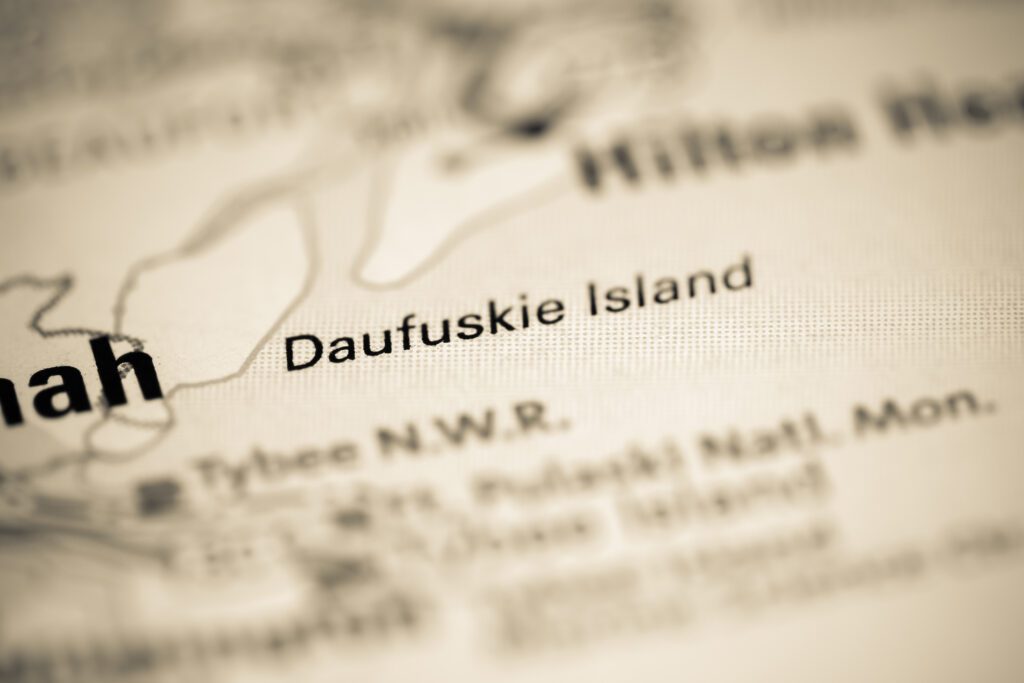
The cotton economy required intensive labor, which led plantation owners to bring enslaved West Africans to the island. Because Daufuskie is so isolated (remember, no bridges!), something remarkable happened.
The enslaved people developed their own distinct culture called Gullah (or Geechee), preserving African traditions, language, crafts, and foodways that might have otherwise disappeared.
What’s truly fascinating is how the isolation of island life – which kept plantation owners away during malarial seasons – actually helped preserve these African cultural elements. When white landowners retreated inland to escape disease, the enslaved communities maintained their cultural practices with less interference.
Today, the Gullah influence is evident in everything from the local dialect (a creole language blending English with West African languages) to cooking techniques, basket weaving, and spiritual practices. The Gullah Geechee Cultural Heritage Corridor recognizes the importance of preserving this unique cultural legacy.
Unfortunately, the Gullah population on Daufuskie has declined dramatically. Only about a dozen original Gullah families remain as residents, with many properties transitioning to new owners and developments. This makes preservation efforts even more crucial.
Nature’s Paradise (With a Side of Adventure)
One of the best things about Daufuskie? Mother Nature is still very much in charge here.
The island boasts:
- Pristine white sand beaches (without the crowds!)
- Ancient live oaks draped in ghostly Spanish moss
- Expansive salt marshes teeming with wildlife
- Maritime forests that feel like something from a fairytale
Wildlife spotting is practically guaranteed – American alligators, snowy egrets, osprey, and dolphins are common sights. If you’re lucky and visit during the right season, you might even spot the endangered right whales that sometimes appear offshore.
The best way to explore? Definitely not by car. Most people get around by:
- Golf cart (the preferred island transportation)
- Bicycle (perfect for the unpaved roads)
- Kayak (for exploring the waterways and marshes)
Outdoor activities are endless – guided eco-tours show you hidden corners of the island, while paddleboarding offers a peaceful way to explore the waterways. There are also two golf courses – a public one at Bloody Point and a private course at Haig Point – both offering stunning coastal views.
Must-See Island Attractions
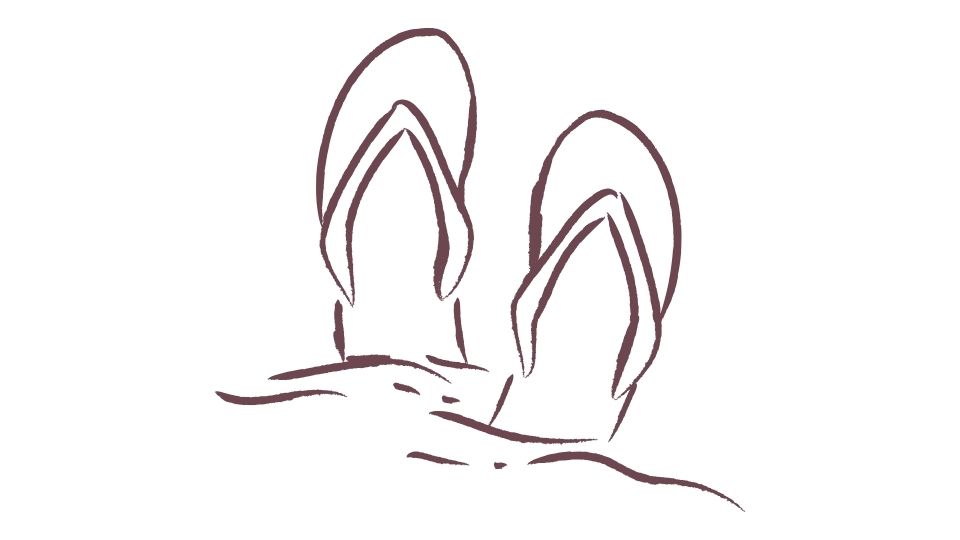
Whether you’re a history buff, nature lover, or just looking to escape the mainland madness, Daufuskie has something for you:
Historical Gems
Daufuskie Island Historical Foundation: This museum complex preserves artifacts and stories from the island’s past. It’s a must-visit to understand the unique cultural blend that makes Daufuskie special.
Bloody Point: Beyond its violent history, it now features a beautifully restored lighthouse that offers amazing views and insights into maritime history.
First Union African Baptist Church: Dating back to 1881, this church remains a spiritual center and testament to the island’s Gullah heritage.
Local Crafts and Tastes
Daufuskie Island Distillery: Sample small-batch rum and learn about traditional distilling methods.
Iron Fish Gallery: Artist Chase Allen creates stunning metal sculptures inspired by coastal life.
The Roost: This veteran-owned farm offers a chance to interact with farm animals and experience a slice of island agriculture.
Natural Wonders
Haig Point Lighthouse: Dating from 1873, this lighthouse offers spectacular views of the Calibogue Sound.
Beach access points: Several public beach access points let you enjoy the pristine shoreline without crowds.
The No-Bridge Lifestyle
The lack of a bridge is perhaps Daufuskie’s superpower. This simple geographical fact has preserved the island’s character in ways that most coastal communities can only dream about.
Getting to Daufuskie requires a ferry or water taxi from Hilton Head or Savannah. This extra step means:
- Fewer day-trippers
- Limited development
- A stronger sense of community among residents
- Preservation of natural and cultural resources
While there are a few gated communities like Haig Point and Bloody Point that offer upscale accommodations, much of the island maintains its rustic, authentic character. The population hovers around 400 full-time residents – a number that swells during tourist season but never approaches the crowds you’d find on nearby Hilton Head.
The Daufuskie Island Conservancy works hard to protect the natural environment while balancing sustainable tourism and development – not an easy task, but crucial for preserving what makes this place special.
Is Daufuskie Worth Visiting?
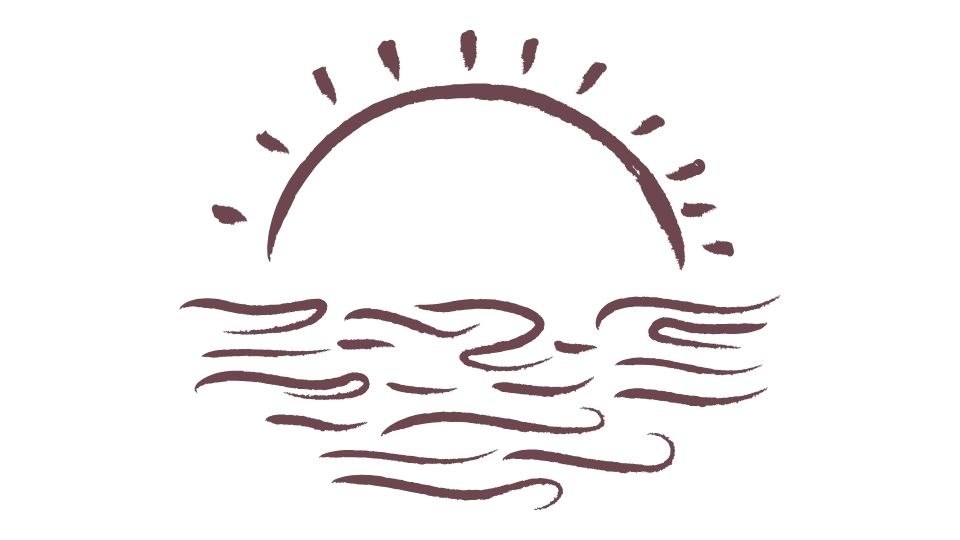
Absolutely. But not if you’re looking for nightclubs, shopping malls, or fast food.
Daufuskie is for people who want to:
- Step back in time
- Connect with nature
- Experience authentic Lowcountry culture
- Escape the noise and pace of modern life
- Learn something meaningful about American history
The island offers a rare opportunity to see what coastal South Carolina was like before massive development changed the landscape forever. It’s a living museum where history isn’t locked behind glass cases but lives in the landscape, architecture, and people.
Whether you come for a day trip or stay in one of the island’s vacation rentals, Daufuskie offers something increasingly rare in our world – a chance to slow down and connect with a place that still values tradition, natural beauty, and community over convenience and commercialization.
Just remember to bring bug spray. The mosquitoes have been residents here far longer than any humans, and they’re not shy about reminding visitors of that fact!
